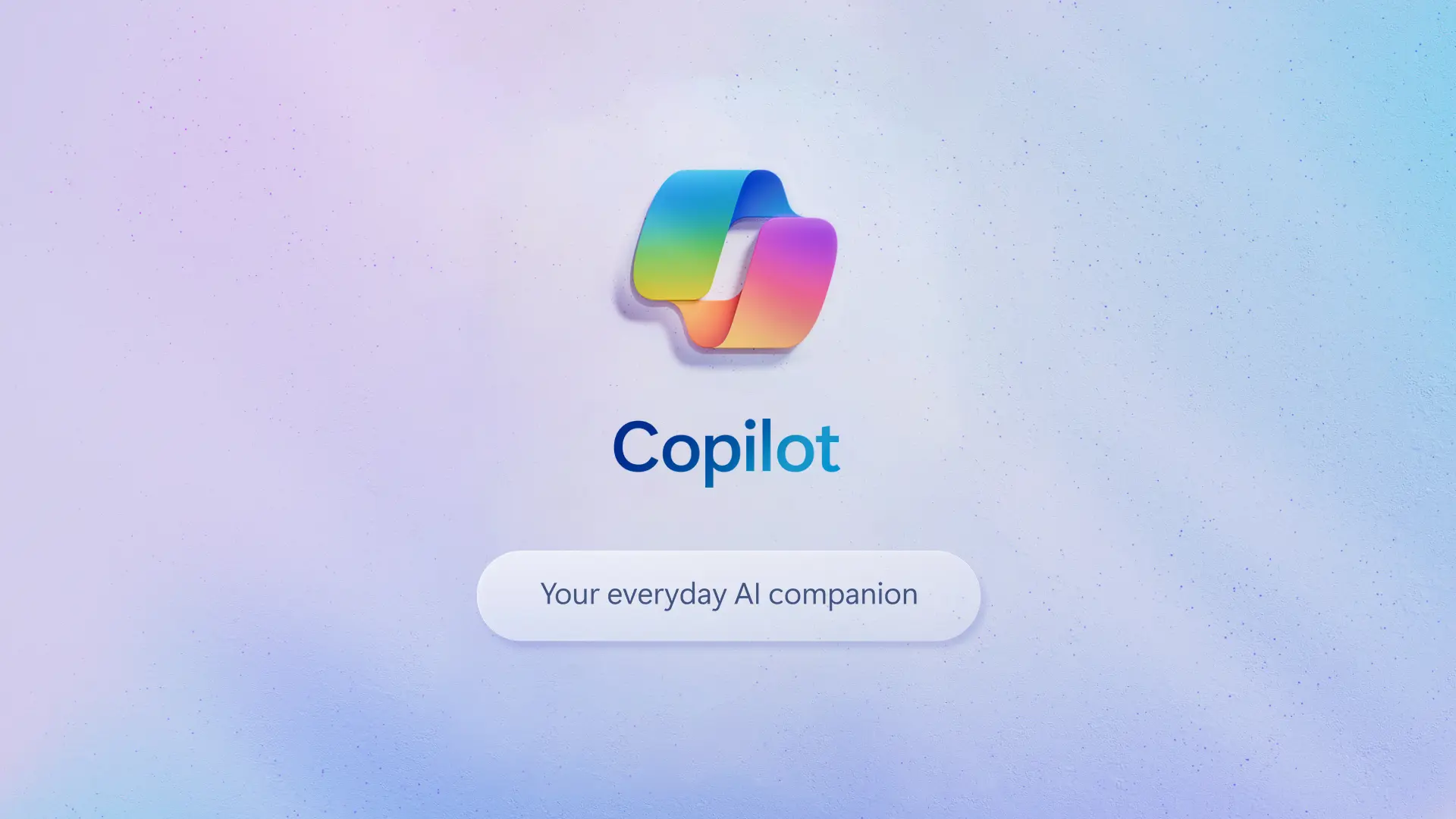Parts 1 and 2 in this series can be found here:
The Agile Dilemma – Sustaining the Momentum of Change
Modern Workplace Technologies Key to Success
Part 3 covers two of the main barriers to transformational change – People & Culture
The need for organisations to transform digitally is now widely accepted across both the public and private sectors. Few senior executives remain to be convinced (do they?).
As the focus shifts from the WHY to the HOW of transformation, there is a growing realisation that the main change barriers are organisational, people and cultural related not technology; legacy management thinking and legacy culture rather than legacy technology.
As discussed above, Modern Intelligent Workplace technologies provide a strong foundation for successful organisational transformation. On their own, however, they are not enough. Successful transformation requires the effective integration of strategy, people, processes, systems, organisation, culture AND technology.
Many transformation programmes will fail due to the lack of attention paid to human and cultural barriers to change.
Supporting many other research studies in this area, the Roundtable concluded that people and culture are critical to the successful shift to new ways of working in a post-COVID digital era.
A wide range of comments was made in this area from maintaining regular communications with staff; supporting remote teams; ensuring that the social dimension of work is maintained; avoiding fatigue and mental health issues.
“Agile ceremonies, supported by Microsoft Teams, have helped maintain the connection between remote workgroups. That regular heartbeat has been important.”
“We decided to maintain a daily stand up.”
“For remote working to succeed, we need to ensure that the type of support that staff would normally rely on from coaches, floorwalkers and team managers is maintained. We also need to maintain social mixing, social collaboration, water cooler talk etc when working remotely.”
“We have a daily call with our team, sometimes its work focused but the first 15 minutes is always Netflix, home/school, watercooler chat.”
“We use Microsoft Teams twice a week for an ‘elevenses’ drop-in watercooler chat and an after-hours non-work fun and chat session on a Friday which is good fun and maintains the social contact.”
“We do similar but tend to find it’s the same folks who join though.”
“If we are looking to replace human interaction in the workplace with 95-100% digital interaction, are we storing up mental health and societal problems for the future? We need to be aware of online fatigue. People are becoming tired.”
“Give people the choice about where and when they work combined with true activity-based working. People should look at the tasks they do and decide where the best place is to undertake those tasks, home or main workplace.”
“The culture change that has taken place in our organisation over the past few months has been (hopefully) game changing. The resistance and pushback to using emerging technologies has changed almost overnight. It is now happening with a significant increase in adoption. So, culture change has been great :-).”
“Virtual meetings work well when everyone is virtual but are much harder to facilitate when only some people are remote and others in the office. Managers need to try different formats, seeing what works best for their teams. This might be smaller group meetings or asking everyone to contribute virtually through ‘whiteboards’. Flexible working is important, but we need to blend it with more traditional in-office working.”
“Because we already had the digital tools in place, the transition to remote working was very easy for us from a technology point of view. What has become very clear, however, is that there will be enormous people challenges in maintaining this. Remote fatigue is a major concern. We have had to redesign the way in which important online meetings are organised, making these shorter and using breakout decision-making rooms. The fact that people are working from home means that we need to factor in the human/family aspect as well.”
“The AI built into M365 can provide invaluable insight into how things are working out in the virtual workplace.”
“We have a lot less humour and joy in our lives now. The mental health of some employees could emerge as a critical issue.”
“We need to work on the culture. Technology on it own is not enough. Culture change is critical”
Closely related to the people and culture aspect is the issue of digital skills.
Organisations (and countries) that reinvent themselves digitally will move much more quickly from surviving to thriving in a post-COVID-19 world. Roundtable participants agreed that this would require enhanced investment in digital skills development at both a macro-country and micro-organisational level.
A very broad range of skills will be required from confidence and ability in using emerging technologies to meta skills involving digital transformation strategy development, leadership and change management.
Concerns were expressed relating to the continued existence of a digital divide and the link between digital skills deficiency and poverty. It was accepted that many initiatives had already been introduced in these areas but are the most challenged groups in society being reached?
To manage volatile and uncertain change in a post-COVID-19 digital world, will we need to re-imagine what it takes to lead?
Part 4 in the series covers Leadership in a VUCAD World.




